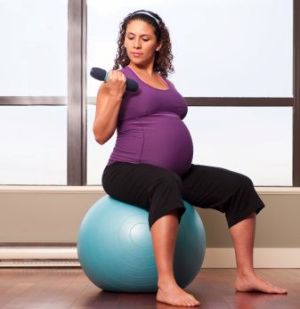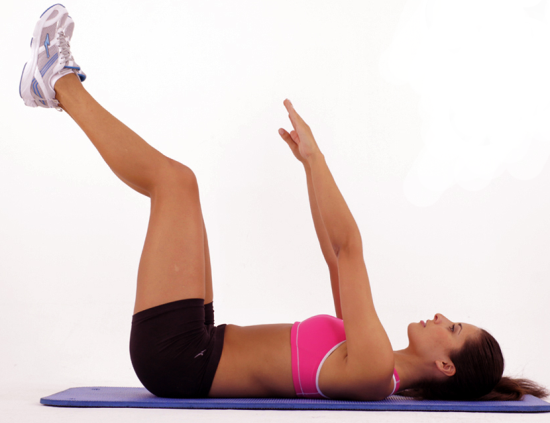As long as a woman’s pregnancy is proceeding along normal, healthy lines, there is really little in the way of ‘don’ts’ that she needs to keep in mind regarding pregnancy workouts. Most of what a woman is used to doing up until she gets pregnant is OK to do even during pregnancy, unless there is a medical reason not to continue.
We look at some of the important factors to keep in mind about pregnancy workouts:
1. Do keep active throughout your pregnancy choosing any activity or combination of activities that you find comfortable and enjoyable. Aim for 30 minutes each day, between 3 and 6 days a week.
 2. Do walk, cycle, swim, do yoga, Pilates and Kegel’s exercises – Each of these as well as a combination of two or more of these, are all great pregnancy workouts that offer activity without jarring or putting stress on joints and ligaments and which also include useful stretches.
2. Do walk, cycle, swim, do yoga, Pilates and Kegel’s exercises – Each of these as well as a combination of two or more of these, are all great pregnancy workouts that offer activity without jarring or putting stress on joints and ligaments and which also include useful stretches.
3. Don’t do any exercise that raises the body temperature significantly – If the weather is very hot and humid, take it easy. Don’t let the body get overheated, this is bad for the baby particularly in the first trimester.
For the same reason, avoid saunas, hot tubs and other activities that raise the body temperature.
4. Do low impact pregnancy workouts rather than high impact ones – During pregnancy the joints and ligaments are stretched and tend to soften making injury more likely. So avoid activities that involve jumping, skipping, hopping, bouncing and running.
Also as the pregnancy progresses and the belly grows larger, the center of balance alters and falls and consequent injuries become more likely.
5. Don’t engage in contact sport or sport that increases risk of falling while pregnant – Pregnancy is not the best time to go horseback riding, because an accident can mean a fall from a considerable height.
Similarly, skiing is also not advisable in pregnancy. Contact sports or anything that puts a woman at risk of sustaining any adnominal injury is also best avoided.
6. Do drink plenty of water – Drink water before, during and after your pregnancy workouts to prevent dehydration and to keep cool.
7. Don’t do exercises that need you to hold your breath – Also never exercise to the point of exhaustion. Learn to listen to your body: if it tells you that you’re overdoing it, stop. Any persistent pains, dizziness, nausea, a cold sweat, irregular heartbeat, muscle weakness, difficulty walking or talking, or any vaginal bleeding could mean that your pregnancy workout is too strenuous and that you need to tone it down.
8. Do wear comfortable clothing – Use supportive clothing that doesn’t dig into the skin or constrict circulation. Use a proper workout bra and shoes that offer good support.
9. Don’t do exercises that require you to lie on your back – Be particularly careful about this during the later part of the pregnancy.
10. Don’t exercise if your doctor says no – Pregnancy workouts may be inadvisable in the case of incompetent cervix, ruptured membranes, preeclampsia, high risk pregnancy, placental problems, bleeding or abdominal pain.




